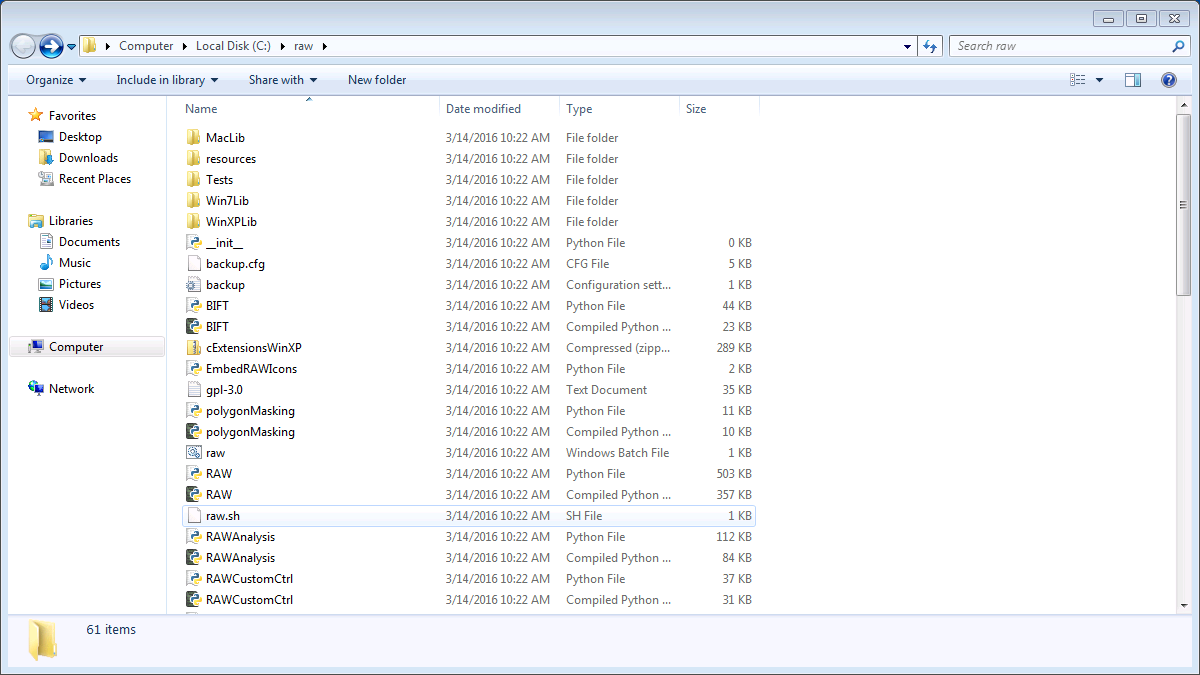

After cutting his teeth on tech writing at Lifehacker and working his way up, he left as Weekend Editor and transferred over to How-To Geek in 2010. He's been in love with technology since his earliest memories of writing simple computer programs with his grandfather, but his tech writing career took shape back in 2007 when he joined the Lifehacker team as their very first intern. Jason has over a decade of experience in publishing and has penned thousands of articles during his time at LifeSavvy, Review Geek, How-To Geek, and Lifehacker. Prior to that, he was the Founding Editor of Review Geek.

Prior to his current role, Jason spent several years as Editor-in-Chief of LifeSavvy, How-To Geek's sister site focused on tips, tricks, and advice on everything from kitchen gadgets to home improvement. He oversees the day-to-day operations of the site to ensure readers have the most up-to-date information on everything from operating systems to gadgets. Jason Fitzpatrick is the Editor-in-Chief of How-To Geek. It is free for personal use and has every feature an aspiring coder could ever want. There are a ton of good IDEs out there, but we like P圜harm. IDEs provide all sorts of helpful features if you're coding, and in the case of Python, most include tools to create and manage virtual environments for your projects. VirtualEnv, which is a third-party virtual environment manager, provides slightly more robust functionality, and has better backwards compatibility with older versions of Python.Īlternatively, you can use an Integrated Development Environment (IDE). Venv is supplied with every modern Python install and can be used through the command line. There are a few ways to create and manage virtual environments. This ensures that compatibility problems won't affect the primary Python installation on your PC, and that it doesn't become a bloated mess of extra packages and modules. That lets you keep the dependencies for each project separate from each other and from your system installation. Each virtual environment can have its own Python version, separate packages and modules, and other variables. Python lets you create a small virtual environment for each project that you're working on.


 0 kommentar(er)
0 kommentar(er)
